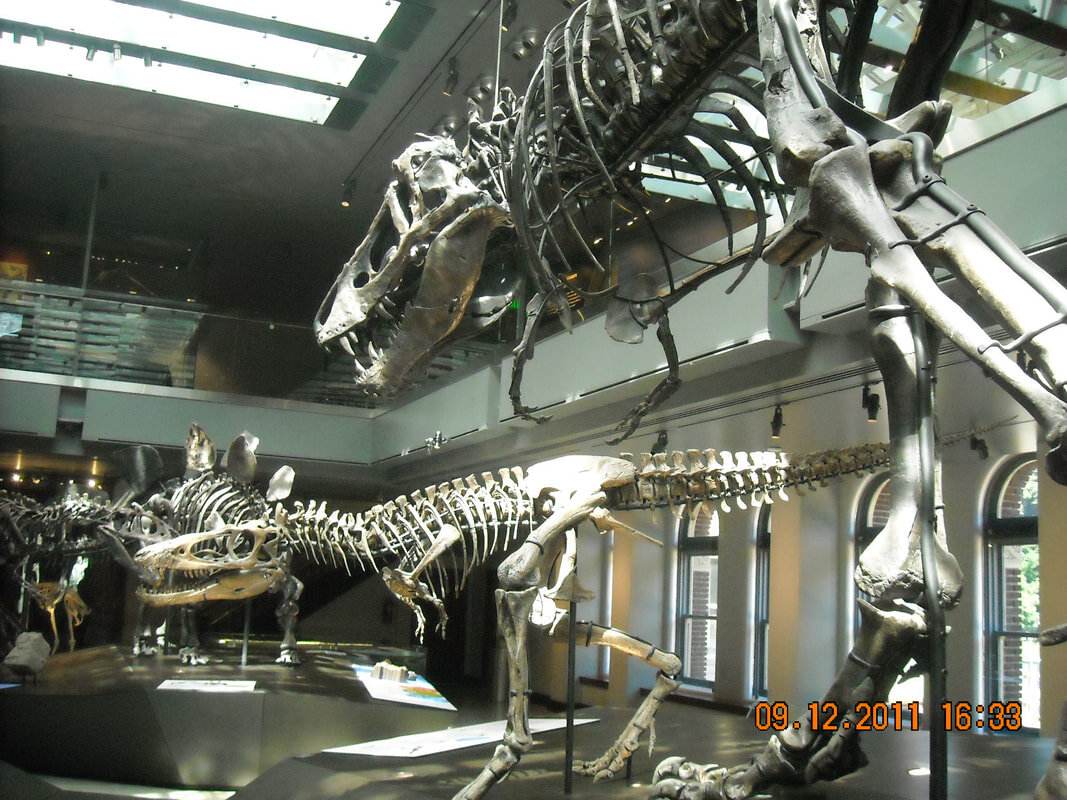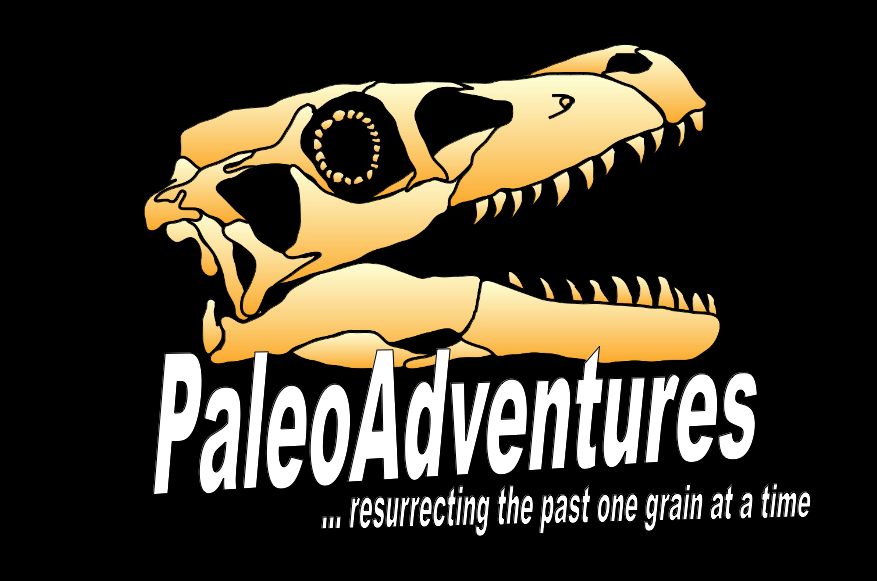
Tyrannosauridae
Tyrannosaurus | Nanotyrannus.
Tyrannosauridae
Tyrannosaurus- This magnificent super-predator was the most highly advanced large-scale theropod of its day. Full grown adults could reach a length of over 45 feet and weight between 6-9 tons. They had a 5-6 foot long skull with over 50 stout, banana-shaped teeth designed, not just for slicing meat from bone, but for crushing and breaking bone. Tyrannosaurus was an active, warm-blooded, hunter feeding upon any dinosaurs that may have crossed its path. They most likely targeted young or injured hadrosaurs, but based on fossil evidence, occasionally targeted younger or weaker Triceratops that they could cut from the herd. Tyrannosaurs were certainly not light on their feet, and built for more long range jogging, but when pressed, could still reach a top speed of over 15 miles/hour. This was certainly fast enough to catch most plant eaters of the day. As expected, Tyrannosaurus is a bit more rare. To date, at least 70 partial associated/articulated skulls and/or skeletons are known to exist. The most complete (90%) was called “Sue” and she was found about 60 miles east of our main quarries. The second most complete (65%) was called Stan which was found about 45 miles west of our quarries.
Nanotyrannus- Nanotyrannus, or the “pygmy tyrant”, was a mid-sized carnivore that lived during the late Cretaceous right alongside the magnificent Tyrannosaurus. The two animals were both very similar and both members of the Tyrannosauridae. They are so closely related, that many paleontologists have argued that specimens attributed to Nanotyrannus are simply juvenile morphs of Tyrannosaurus. While this is certainly a possibility, major morphological differences in the skull, jaws, dentition, forearms, and pelvis, suggest that it is indeed something separate. Nanotyrannus was a more lightweight and nimble predator that may have filled an ecological niche separate from the more stoutly built Tyrannosaurs. Nano's may have been able to inhabit denser portions of the forested floodplains and target smaller prey light pachycephalosaurs and thescelosaurs. Teeth of Nanotyrannus are quite common and are frequently found in large numbers near Edmontosaurus skeletons suggesting that Nanos may have hunted in small family units or even packs. Skeletons and isolated bones from this animal, however, are incredibly rare, so its status is still highly debated.
